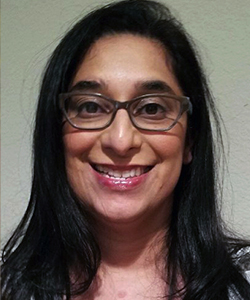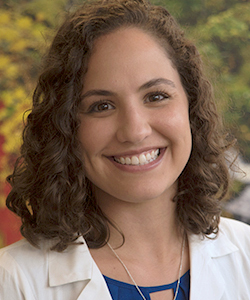
When to Treat vs. Observe
Last Updated: Thursday, October 21, 2021
Learn from two expert advanced practitioners in the field of follicular lymphoma (FL) as they discuss best practices and tools for treatment selection. Haleigh Mistry, MS, PA-C, and Prachee Singh, PA-C, both of the University of Texas MD Anderson Cancer Center, review the GELF and FLIPI criteria for determining patient-specific FL treatment, insurance coverage concerns and the impact of financial toxicity, and the critical role of patient education and empowerment in this process.
Meet the faculty

Prachee Singh
PA-C
The University of Texas MD Anderson Cancer Center
Prachee Singh, PA-C, is a physician assistant in the Lymphoma Department at The University of Texas MD Anderson Cancer Center. Previous to her current role, she worked for 16 years in the Department of Interventional Radiology and Sarcoma Medical Oncology. She is passionate about research, performance improvement, training, and patient education.

Haleigh Mistry
MS, PA-C
The University of Texas MD Anderson Cancer Center
Haleigh Mistry, MS, PA-C, is a physician assistant in the Lymphoma/Myeloma Department at MD Anderson. She has given several talks at conferences and has published numerous case studies and articles, on topics ranging from current therapy to long-term survivorship. She currently runs the advanced practice provider–led Lymphoma Survivorship Clinic.
References
- Chen Q, Ayer T, Nastoupil LJ, et al. Initial management strategies for follicular lymphoma. Int J Hematol Oncol.2012;1(1)35-45.
- Relander T, Johnson N, Farinha P, et al. Prognostic factors in follicular lymphoma. J Clin Oncol. 2010;28:2902-2913.
